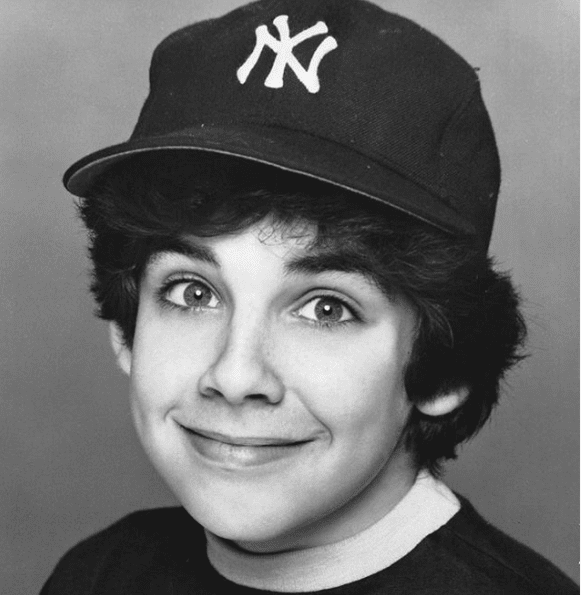Sometimes it seems like no one reads anymore. With television at peak popularity and social media keeping us glued to our phones, it’s becomming rarer and rarer to see someone with their nose buried in a good book. If you’re interested but don’t know what to pick up next, why not try one of these 15 “must reads”, according to these avid readers?
#15. The Hungry Caterpillar
“The Hungry Caterpillar – it’s a timeless classic and a truly superb view into the hardships faced by those who suffer from eating disorders.”
#14. The Graveyard Book by Neil Gaiman
“The Graveyard Book by Neil Gaiman. Charming story about a live human boy raised in a graveyard by ghosts and a vampire.”
#13. The Gift of Fear, and…
“The Gift of Fear by Gavin de Becker – can literally save your life
The 5 Love Languages by Gary Chapman – game changer when it comes to understanding your relationships (of all kinds) and you.”
#12. Ishmael by Daniel Quinn
“For everybody- Ishmael by Daniel Quinn
You’ve read Interview with the Vampire? Well, this is Interview with the Gorilla. The gorilla has a lot more to say.
Not for everybody, but those who like it will really like it-
Jitterbug Perfume by Tom Robbins
Two people meant to die untimely deaths live on and ponder mortality and the lack thereof. The Greek god Pan comes into it. And Jazz music. And Beets.”
#11. Hyperion Saga by Dan Simmons
“Hyperion saga by Dan Simmons.
Made a lasting impression on me.”
#10. The Long Walk by Stephen King
“The Long Walk by Stephen King
Dark story but a VERY interesting read. Basically, a bunch of people gather and have to walk at a steady pace without stopping or slowing down. Stopping/slowing down results in warnings, and eventually you’re terminated from the race>! and living!<“
#9. The Little Prince
“The Little Prince is a 100 page illustrated children’s book that conveys deeper philosophy. It also teaches you how to recognize the difference between a picture of a hat and a picture of a boa constrictor digesting an elephant. Seriously it’s fabulous, so pick up a copy and spend an evening reading this book.”
#8. The Pillars of the Earth by Ken Follett
“I’ve read and enjoyed a decent number of the books recommended here so far, but the best book I’ve ever read is:
The Pillars of the Earth by Ken Follett. – Historical Fiction set in 12th Century England. The story unfolds over the course of a generation, during the period of English Civil War known as The Anarchy, following the death of Henry I. The story focuses on characters from all walks of life, the nobility, the clergy, and the peasants. It has good guys, it has bad guys, it has intrigue and infighting, it has politics on both the large scale and the small, it has love, and hate, and fear, and anger, and backstabbing, and betrayal, and vengeance, and justice, and redemption, and the building of the greatest Cathedral that England has ever seen.
For audio-book fans, the narration by John Lee is fantastic.”
#7. Animal Farm
“Animal Farm.
Only 100 pages long, so not something you have to really commit too. Excellent book that shows what happens when you give power to people (or animals in this case) and so much more.”
#6. Margaret Atwood
“the oryx and crake series by Margaret Atwood.”
#5. East of Eden
“East of Eden. Such an inspiring book, so
well-written and with a smooth pace, yet filled
with engaging reflexion on great themes of humankind.”
#4. The First Law Trilogy by Joe Abercrombie
“The First Law Trilogy by Joe Abercrombie. Really good, dark, gritty fantasy, without as much of the crazy complex politics you get from GRRM. A bunch of great characters who are all terrible people.
The Book Thief. Because come on. Just read it. A book about Germany in WWII, told from the perspective of death. Unique storytelling and hella good.”
#3. The Mistborn Series
“The Mistborn series. Actually anything by Brandon Sanderson.”
#2. Flowers for Algernon by Daniel Keys
“Flowers for Algernon by Daniel Keyes. It’s such a fun, but sad book.”
#1. Worm by Wildbow
“Worm by Wildbow
It’s a freaking awesome web serial about superpowers and stuff. The main character is a teenage girl named Taylor. Her power is to control bugs.”
The post 12+ People Reveal the Books They Believe Everyone Should Read appeared first on UberFacts.



































































